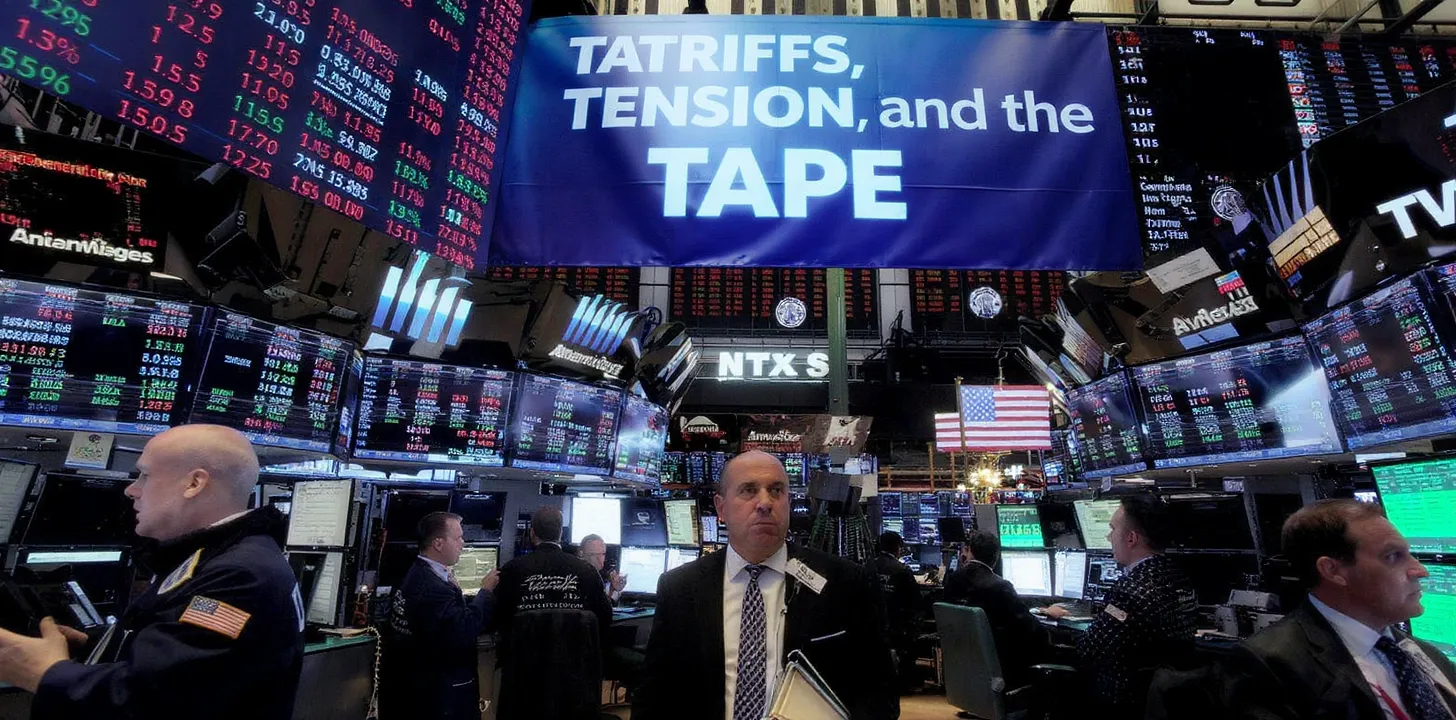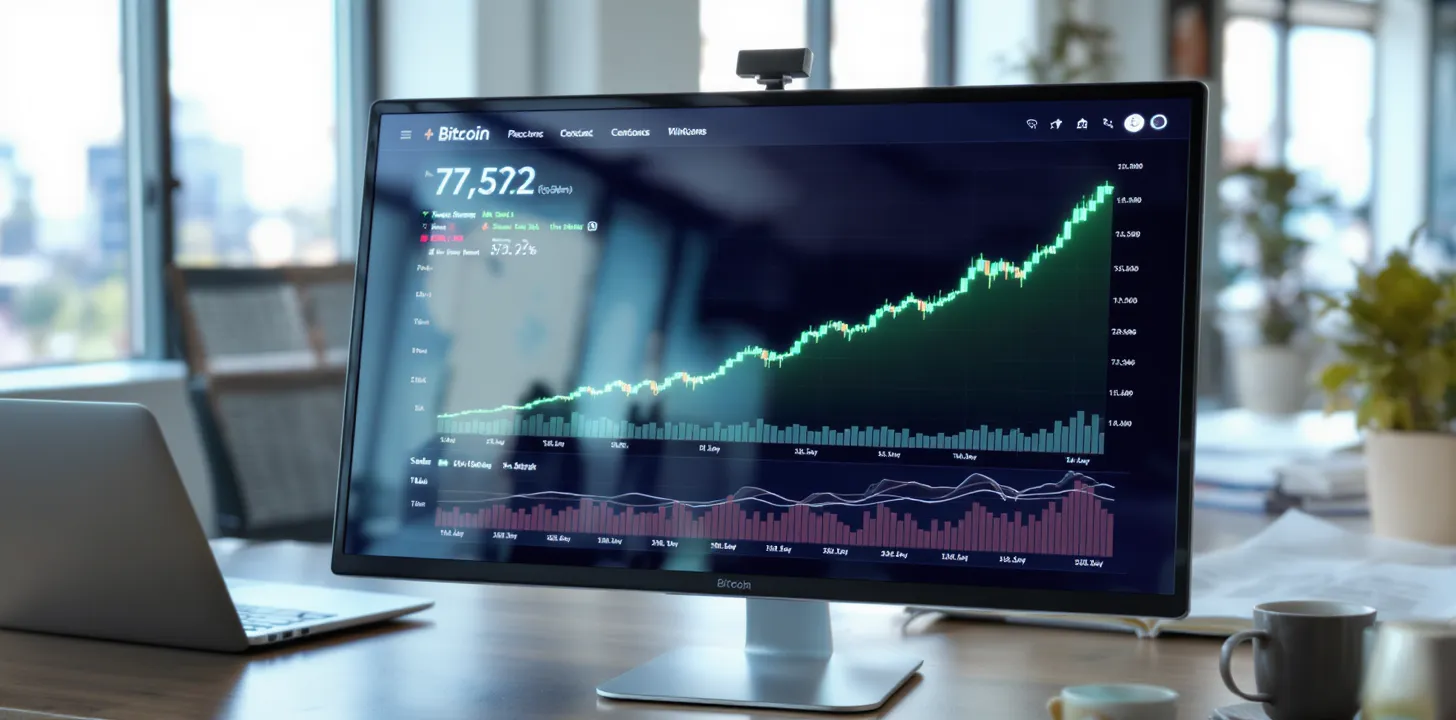Riding the AI Wave: Balancing Valuations, Growth, and Reality in 2025
Introduction
The artificial intelligence (AI) sector is evolving at a breathtaking pace, reshaping industries and influencing the global economy. As we approach 2025, the AI landscape is defined by vigorous innovation, rapid adoption across various sectors, and increasingly ambitious investments. Yet, questions remain regarding the sustainability of current stock valuations and the true timeline for AI’s long-term productivity gains. Understanding these dynamics is crucial for investors seeking both immediate opportunities and long-term growth.
A Snapshot of the AI Sector Today
Over the past few years, AI adoption has accelerated dramatically. More than half of all organizations worldwide have integrated AI into at least one business function, reflecting its essential role in improving efficiency, cutting costs, and driving product enhancement. While there has been a marginal decrease in private investment from previous heights, confidence in AI’s potential remains robust. Many firms are leveraging AI to streamline operations, better target customers, and push innovation boundaries, especially in consumer-facing applications.
The economic ripples of AI are expected to be significant, particularly in regions like North America and China. By fostering greater product variety, personalization, and affordability, AI-driven solutions are projected to bolster GDP growth significantly over the coming decade. Coupled with progress in robotics and advanced computing capabilities, the U.S. is well-positioned as a leader in AI innovation.
Questioning the Hype: Are AI Stocks Overvalued?
The undeniable promise of AI has led to fervent market enthusiasm, pushing valuations in the tech and communication services sectors to new heights. However, some analysts caution that these valuations may not fully reflect the true timeline for productivity gains. Indeed, while AI shows remarkable potential, the most substantial boosts in productivity and economic growth are not anticipated until the 2030s. For the time being, some stock prices may be running ahead of actual earnings potential, and investors would be wise to approach this space with tempered expectations.
Still, it’s important to note that high valuations in the wake of disruptive technologies are not new. Historical precedents—from the internet revolution to the early days of personal computing—suggest that steep initial valuations often accompany radical technological shifts. The formation of “hyperscalers” with soaring valuations mirrors past trends, hinting that today’s environment may simply be another phase in a recurring pattern.
Predictions for 2025: Strategic Deployments and Growing Investments
Experts foresee continued growth and increasingly strategic AI deployments by 2025. Many consumer-facing industries will likely harness AI to improve marketing, supply chain management, and customer service. We should expect the emergence of more sophisticated AI agents—intelligent virtual assistants capable of automating tasks, refining customer interactions, and potentially altering software business models by filling functional gaps and reducing reliance on premium upgrades.
According to forecasts, global AI investment could approach $200 billion by 2025, with the U.S. contributing about half of that amount. Such figures underscore the confidence investors are placing in AI’s long-term role as a catalyst for economic expansion.
Major Players at the Forefront
A handful of tech giants currently dominate the AI sector, wielding enormous valuations and deep expertise. Companies like Apple, Microsoft, NVIDIA, Alphabet, Meta Platforms, Amazon, and OpenAI are leveraging AI to reinforce their core businesses and expand into new territories. Their combined market valuations—ranging from over a trillion dollars to the high billions—reflect investor optimism about their ability to shape the AI future.
- Apple (AAPL): Integrating AI across its product lines, from voice assistants to healthcare features.
- Microsoft (MSFT): Dominant in cloud computing (Azure) and AI-driven software enhancements.
- NVIDIA (NVDA): Central to AI infrastructure via advanced GPUs, broadening into AI software.
- Alphabet (GOOGL/GOOG): Pioneering AI in search, advertising, and autonomous driving.
- Meta Platforms (META): Using AI for content moderation, targeted ads, and metaverse initiatives.
- Amazon (AMZN): Infusing AI into e-commerce, logistics, and cloud services.
- OpenAI: Leading in conversational AI platforms and fostering partnerships with major tech firms.
Toward a More Balanced Valuation Landscape
Over time, as the AI ecosystem matures and more companies generate revenue from AI offerings, analysts predict the valuation gap between these giants and the broader market will narrow. In other words, the future might resemble the early days of the internet, when the world underestimated its transformative power. The current handful of “megacaps” could face increased competition as smaller, innovative players catch up, creating a more balanced marketplace.
However, there is a potential “productivity paradox” to consider. Initial phases of AI integration may not yield dramatic productivity boosts until businesses adapt their workflows and operational structures. This lag between investment and visible returns could influence how investors perceive valuations in the short term.
Addressing Risks and Challenges
As with any transformative technology, AI faces hurdles. Tackling bias and ensuring equitable AI outcomes will remain critical, especially in sensitive fields like healthcare. Cybersecurity threats—including data poisoning and adversarial attacks—pose significant risks to AI systems, prompting a need for more robust safeguards. Regulatory uncertainty also looms, as governments worldwide consider how best to ensure responsible AI development without stifling innovation.
Conclusion
AI’s journey is still unfolding, and while the sector’s growth trajectory is promising, investors must remain vigilant. The next few years will be defined by the balance between ambitious innovation and measured market expectations. Those who navigate this landscape thoughtfully—assessing fundamentals, understanding long-term strategies, and insisting on responsible AI deployment—will be best positioned to capitalize on the abundant opportunities ahead. As we edge closer to 2025, AI will continue to captivate markets, fuel economic progress, and redefine what’s possible across countless industries.



